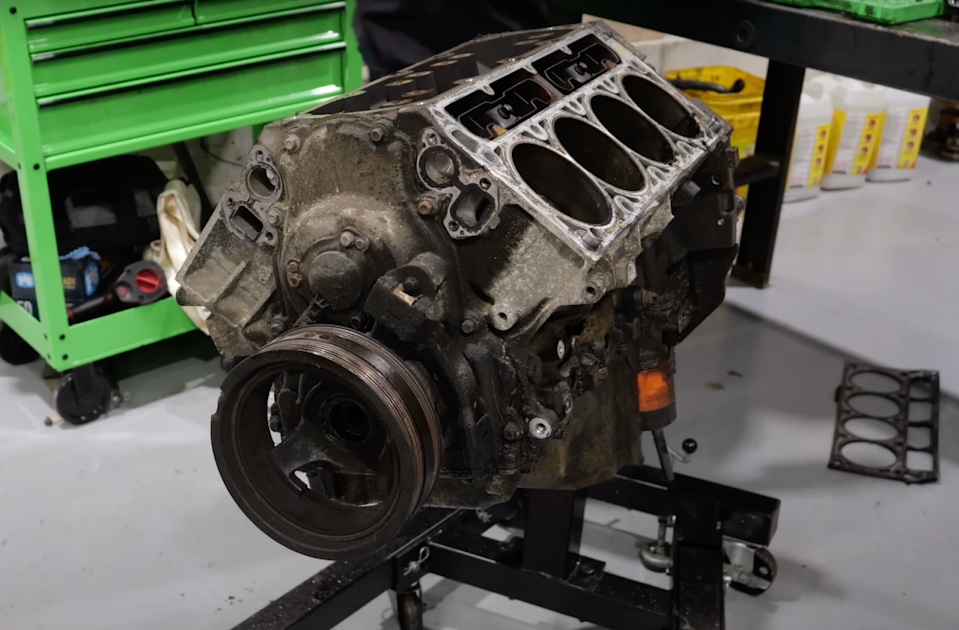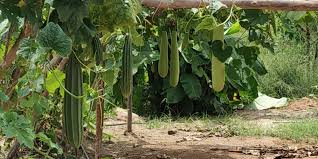Archaeologists Were Digging Into a Hill—and Stumbled Upon a 125,000-Year-Old Factory
Here’s what you’ll learn when you read this story:
A new study shows evidence of Neanderthal “fat factories” dating back as far as 125,000 years ago.
The study found inhabitants of the settlement strategically selected the lakeside location for the factory and harvested bone marrow by breaking open the bones as well as through a process of crushing and heating.
The fat factory suggests Neanderthals’ grasp of their survivalist diets, and that they were able to understand their environment and plan ahead for hunting and resource-gathering.
Though the assembly line is largely credited to Henry Ford in 1913, humans understood the mass production practice long beforehand. A new study published in the journal Science Advances shows that the Neanderthals—our distant cousins—operated “fat factories” to extract bone marrow for their diets as far back as 125,000 years ago. The recent research from Leiden University adds to decades of previous research at the Neumark-Nord archaeological site near Leipzig, Germany.
Around 125,000 years ago, Earth experienced an interglacial period with weather much like our climate today. Previous research at Neumark-Nord showed that Neanderthals hunted and butchered straight-tusked elephants in the region. According to a press release from Leiden University, there is also evidence of plant use in the area, though it’s rarely preserved. Additionally, previous studies found proof that inhabitants used fire to manage vegetation. Needless to say, Neanderthals have long been underestimated, and the new study does nothing to dissuade that notion.
Archeologists on the recent excavation found that Neanderthals intentionally selected the lakeside location to process the bones of at least 172 mammals including deer, horses, and aurochs (a now-extinct species of bovine). According to the study, inhabitants at the site not only broke open large mammal bones to extract the marrow, but they also ground the bones into thousands of fragments and heated them in water to extract calorie-rich bone grease. These findings place estimates of advanced resource collection thousands of years earlier than previously thought.
“This was intensive, organised, and strategic,” the study’s first author Lutz Kindler said in the press release. “Neanderthals were clearly managing resources with precision—planning hunts, transporting carcasses, and rendering fat in a task-specific area. They understood both the nutritional value of fat and how to access it efficiently—most likely involving caching carcass parts at places in the landscape for later transport to and use at the grease rendering site.”
Experts believe Neanderthals understood that there was a certain “fat quota” they had to meet in order to make the (literally) bone-crushing process worthwhile. The authors of the paper emphasized the transparent amount of herbivores that Neanderthals at Neumark-Nord must have been hunting, explaining that our “cousins” were likely able to plan ahead and use their environment effectively.
This extensive research was possible because it wasn’t just one site that was preserved—it was an entire landscape, according to the authors of the study.
“The enormous extent and exceptional preservation of the Neumark-Nord site complex offers us a unique opportunity to investigate how Neanderthals influenced their environment—both flora and fauna,” Fulco Scherjon, researcher on the project, said in the release. “This is extremely rare for such an ancient site—and opens exciting perspectives for future research.”
You Might Also Like
The Do’s and Don’ts of Using Painter’s Tape
The Best Portable BBQ Grills for Cooking Anywhere
Can a Smart Watch Prolong Your Life?














